Think You’re Eating Healthy? Let’s Talk About Hidden Sugar.
I’ll never forget a client who came to me completely frustrated. He was doing everything “right”—he worked out, skipped the obvious junk like soda and candy, and always reached for the supposedly healthy options at the grocery store. But his lab work told a different story. He was looking at elevated triglycerides and was on the fast track to prediabetes. Why? It wasn’t the donuts. It was the half-cup of flavored yogurt for breakfast, the bottled green tea he grabbed for lunch, and the jarred pasta sauce he used for a “quick, healthy” dinner. Without ever touching a cookie, he was downing over 80 grams of added sugar every single day.
In this article
Sound familiar? Honestly, this is one of the biggest hurdles people face. We all know a chocolate bar is a treat. The real problem is the sugar we don’t see, the kind added to foods to make them taste better or last longer on the shelf. My goal here isn’t to scare you or make you afraid of food. It’s to pull back the curtain and give you the tools to see what’s really in there, so you can walk through the grocery store with confidence.
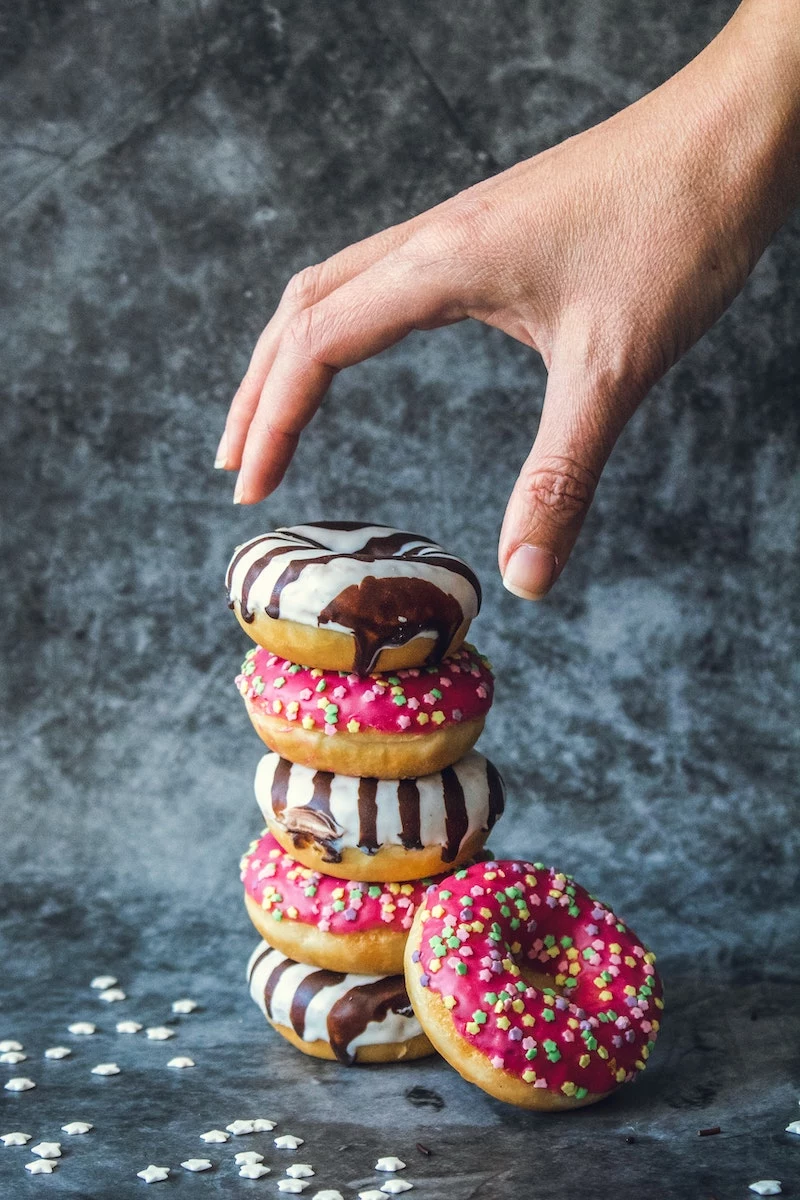
So, What’s the Big Deal with Sugar Anyway?
Before we start label-sleuthing, it helps to know what’s happening inside your body. Not all sugars are created equal. The two main players are glucose and fructose.
Think of glucose as your body’s go-to fuel. It’s the energy source your cells love. When you eat carbs, your body breaks them down into glucose, which triggers the release of insulin—a hormone that basically acts like a key, letting the glucose into your cells to be used for energy.
Fructose (or fruit sugar) is a bit different. Your liver does most of the work processing this one. When you eat a whole piece of fruit, it’s no big deal. The fiber in the apple or orange slows everything down, so your liver can easily keep up. But when you get a massive, fiber-free hit of fructose—from something like high-fructose corn syrup in a soda or even a large glass of fruit juice—it’s like a flash flood hitting your liver. Overwhelmed, the liver’s main coping mechanism is to convert that extra fructose into fat. Over time, this can lead to some serious issues, like non-alcoholic fatty liver disease and those high triglycerides my client was seeing.
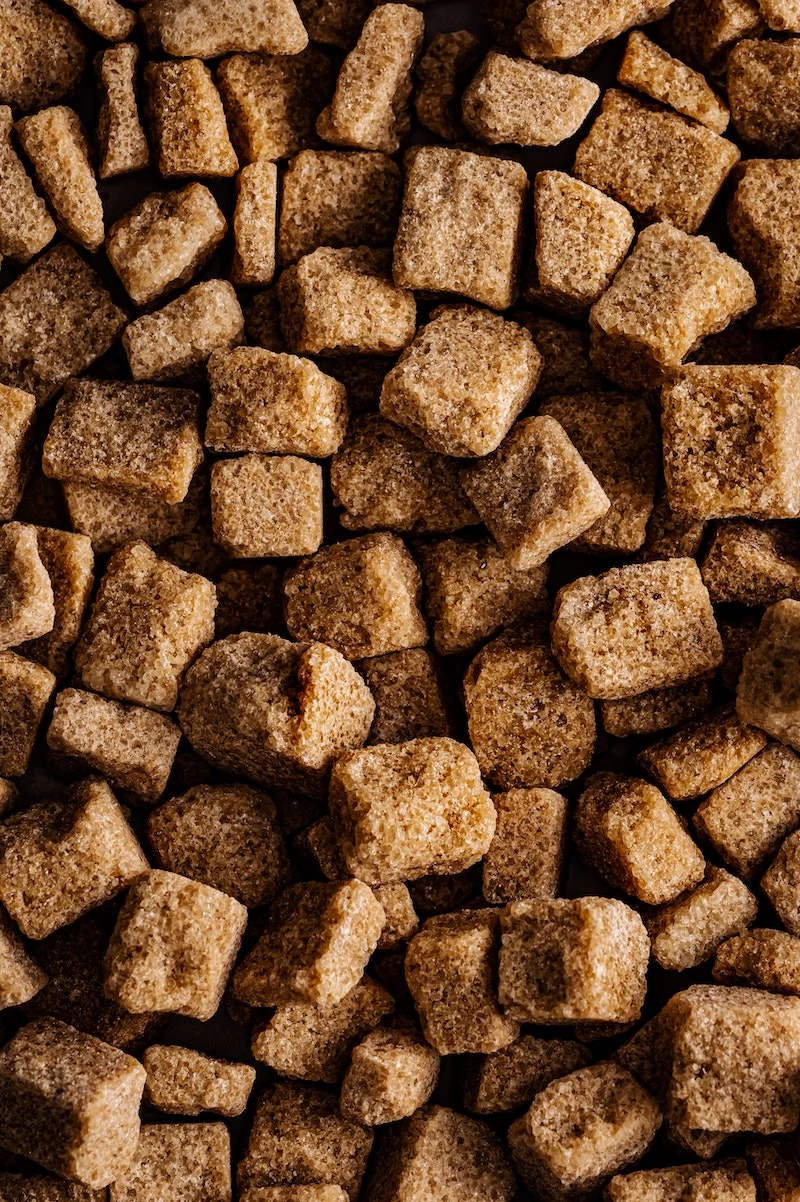
This is why we talk about added sugars vs. natural sugars. The sugar in a peach comes with a built-in support system of fiber, water, and vitamins. This team slows down digestion for a nice, gentle rise in blood sugar. Added sugars, on the other hand, are lone wolves. They offer up calories with zero nutritional backup, causing a rapid blood sugar spike and a huge insulin surge. Health organizations generally recommend that women stick to about 25 grams (or 6 teaspoons) of added sugar per day, and men around 36 grams (9 teaspoons). It’s shockingly easy to blow past that with just one or two processed items.
How to Spot Sugar’s Many Disguises
Alright, let’s get to the good stuff. Food companies are clever. They know people are looking for the word “sugar” on the label, so they use dozens of other names to fly under the radar. If you see sugar in the first three ingredients, it’s a major part of that product. But you have to know what you’re looking for.

Heads up! Here are some of sugar’s most common secret identities. If you see these on a label, a little red flag should go up:
- Any word ending in “-ose” is a big giveaway. Think sucrose, dextrose, fructose, maltose, and glucose.
- Syrups are a huge category. Watch for high-fructose corn syrup, corn syrup, rice syrup, maple syrup, brown rice syrup, and agave nectar.
- “Natural” sounding sugars can be just as tricky. This includes honey, molasses, cane juice, evaporated cane juice, fruit juice concentrate, and coconut sugar.
Keep this list handy on your phone—it’s a game-changer for your next grocery trip.
Becoming a Pro Label Reader
Your best weapon is the Nutrition Facts panel. Let’s walk through it together. Ignore the marketing on the front of the box (“All Natural!” means very little) and flip it over.
First, scan that ingredients list we just talked about. Remember, they’re listed by weight. The more sugars you see near the top, the more skeptical you should be.
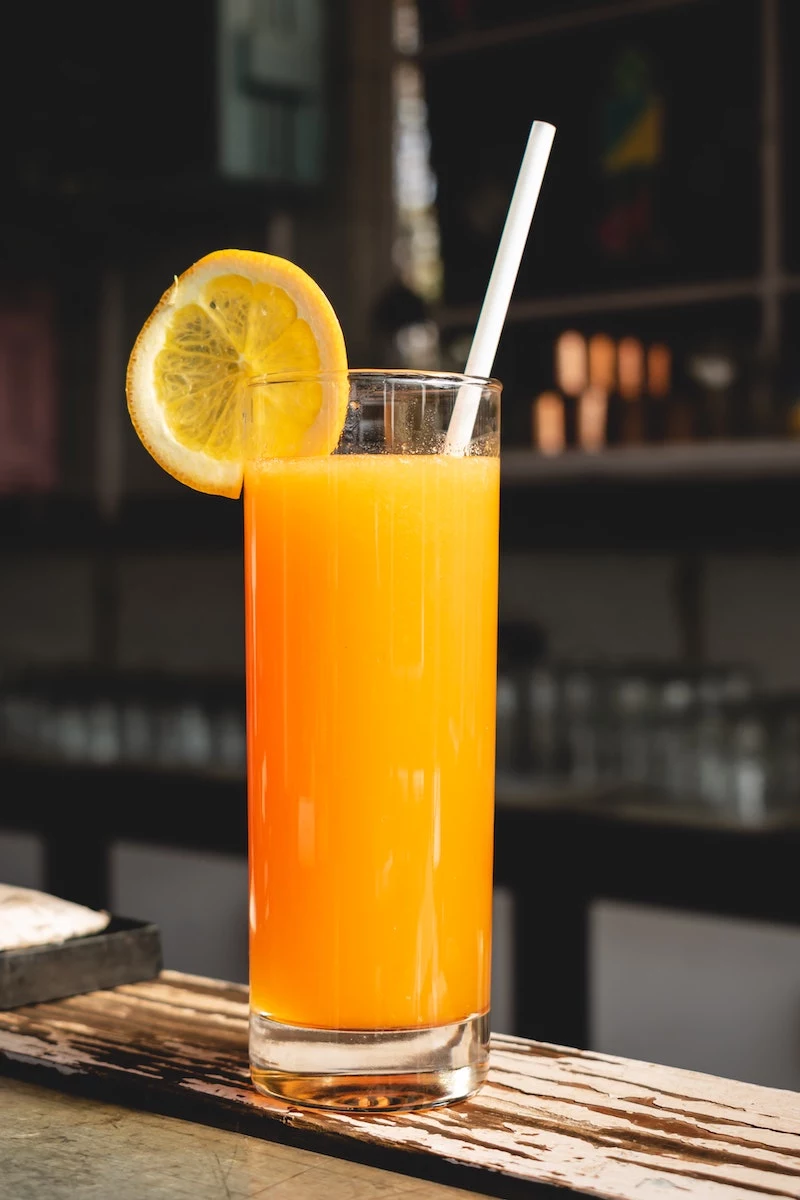
Next, find the “Total Carbohydrates” section. Right underneath it, you’ll see “Total Sugars.” This number includes both natural and added sugars. But here’s the most important line, and it’s a relatively new addition to labels: “Includes Xg Added Sugars.”
THAT is your golden ticket. It tells you exactly how much sugar was dumped into the product during processing. This number is what you should compare against those daily recommendations (25g for women, 36g for men).
Common Sugar Traps Hiding in Your Cart
So, where is all this sugar hiding? It’s often in places you’d least expect. Some of the worst offenders are:
- Jarred Pasta Sauce: Some popular brands pack 10-12 grams of sugar per half-cup serving. That’s like eating three sugar cubes with your spaghetti.
- Salad Dressings: Especially the fat-free ones! They often replace fat with sugar for flavor. A two-tablespoon serving of French or Catalina dressing can have 5-8 grams of sugar.
- Bread and Buns: Check the labels on your favorite whole wheat bread. You might be surprised to find 2-4 grams of sugar per slice.
- Yogurt: Fruit-on-the-bottom and other flavored yogurts can contain anywhere from 15 to 25 grams of sugar in a single small container.
- Condiments and Sauces: Ketchup, BBQ sauce, and teriyaki sauce are notorious sugar bombs.
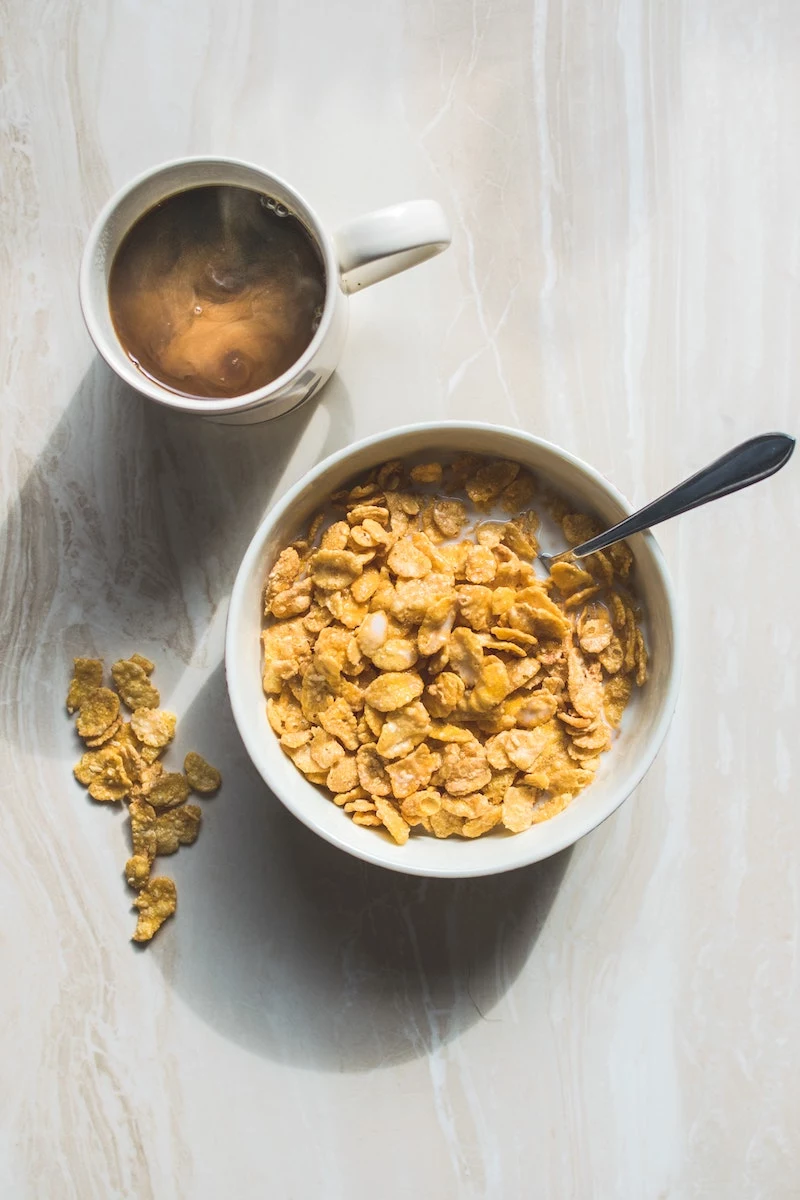
Let’s Make Some Simple, Smarter Swaps
Okay, so what did my client do? We didn’t overhaul his entire life. We just made a few key trades. It’s not about deprivation; it’s about substitution.
For example, instead of his flavored yogurt (18g of sugar), he switched to plain Greek yogurt (which has about 4-6g of naturally occurring sugar) and added a handful of fresh berries and a sprinkle of cinnamon. That simple change saved him about 12 grams of sugar right off the bat.
Here are a few more easy swaps:
- Instead of that bottled green tea (25g sugar), try brewing your own at home and chilling it. Add a slice of lemon or a sprig of mint for flavor. Instant savings of 25 grams!
- Instead of the common jarred pasta sauce (12g sugar), look for a brand with “no sugar added.” They’re in almost every grocery store now, usually right next to the regular stuff, and often cost about the same—around $3-4 a jar. You’ll be shocked at how much you don’t miss the sweetness.
- Instead of sugary breakfast cereal (15g sugar per cup), have a bowl of plain oatmeal with a chopped-up banana for sweetness.
By the way, here’s a quick tip on saving money: Buying the plain version of things like yogurt or oatmeal and adding your own fruit is often cheaper than buying the pre-flavored, high-sugar options. A big tub of plain yogurt for $4 and a $2 pint of strawberries can last you all week, costing you less per serving than the individual flavored cups.
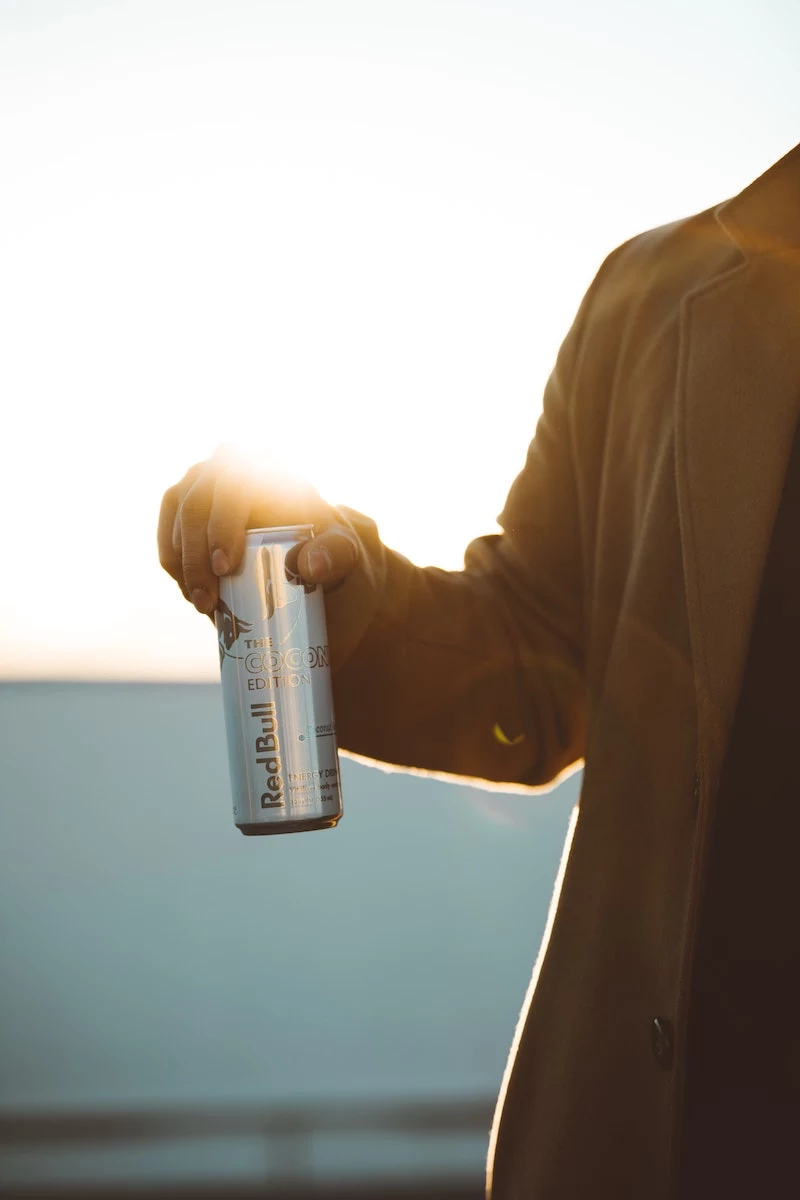
Your Challenge for This Week
Ready to try this for yourself? Here’s a quick win you can do today. Pick just one thing you eat regularly—your coffee creamer, your salad dressing, your bread—and check the added sugar. Then, see if you can find an alternative with 50% less sugar, or even zero added sugar. You’ll be amazed at what a small change can do. You’ve got this.
Inspirational Gallery
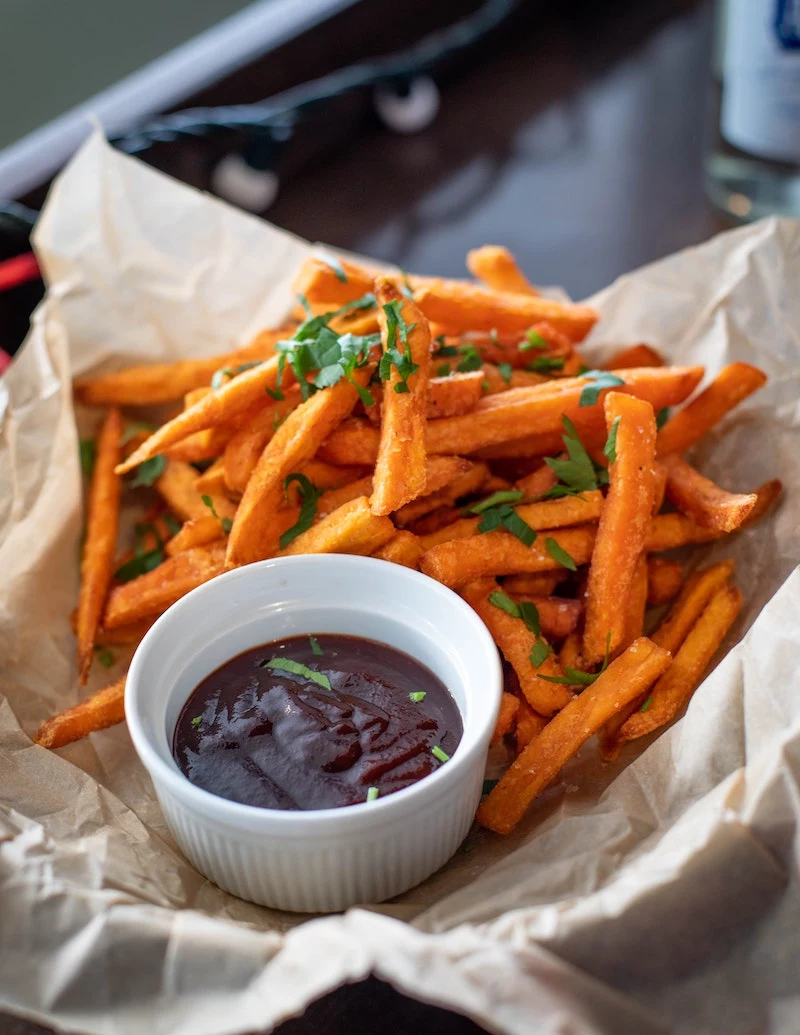
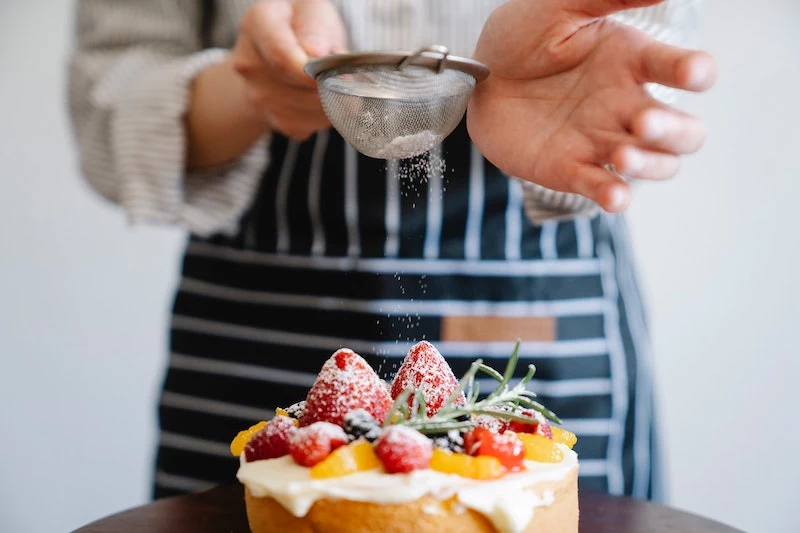
Is your salad dressing secretly a sugar syrup?
It’s a common trap. You build a beautiful, nutrient-dense salad, only to douse it in a dressing that’s loaded with sugar. Many popular vinaigrettes, especially ‘light’ or ‘fat-free’ versions, use sugar, corn syrup, or fruit juice concentrate to compensate for the lack of fat. A two-tablespoon serving of a standard French or Catalina dressing can contain 5-7 grams of sugar. For a healthier alternative, try a brand like Primal Kitchen, whose dressings are typically avocado-oil based with zero added sugar. Or, even better, whisk your own: olive oil, lemon juice, a dab of Dijon mustard, salt, and pepper. It’s simple, clean, and delicious.
The American Heart Association recommends no more than 36 grams (9 teaspoons) of added sugar per day for men and 25 grams (6 teaspoons) for women. One 12-ounce can of cola contains about 39 grams.
This single statistic highlights how easy it is to exceed the daily limit with just one beverage. While the article warns against ‘healthy’ drinks like bottled green tea, the same logic applies to tonic water, sports drinks (like Gatorade), and vitamin-infused waters. These are often perceived as better-for-you choices but can be significant sources of added sugars that contribute to the metabolic issues discussed.










